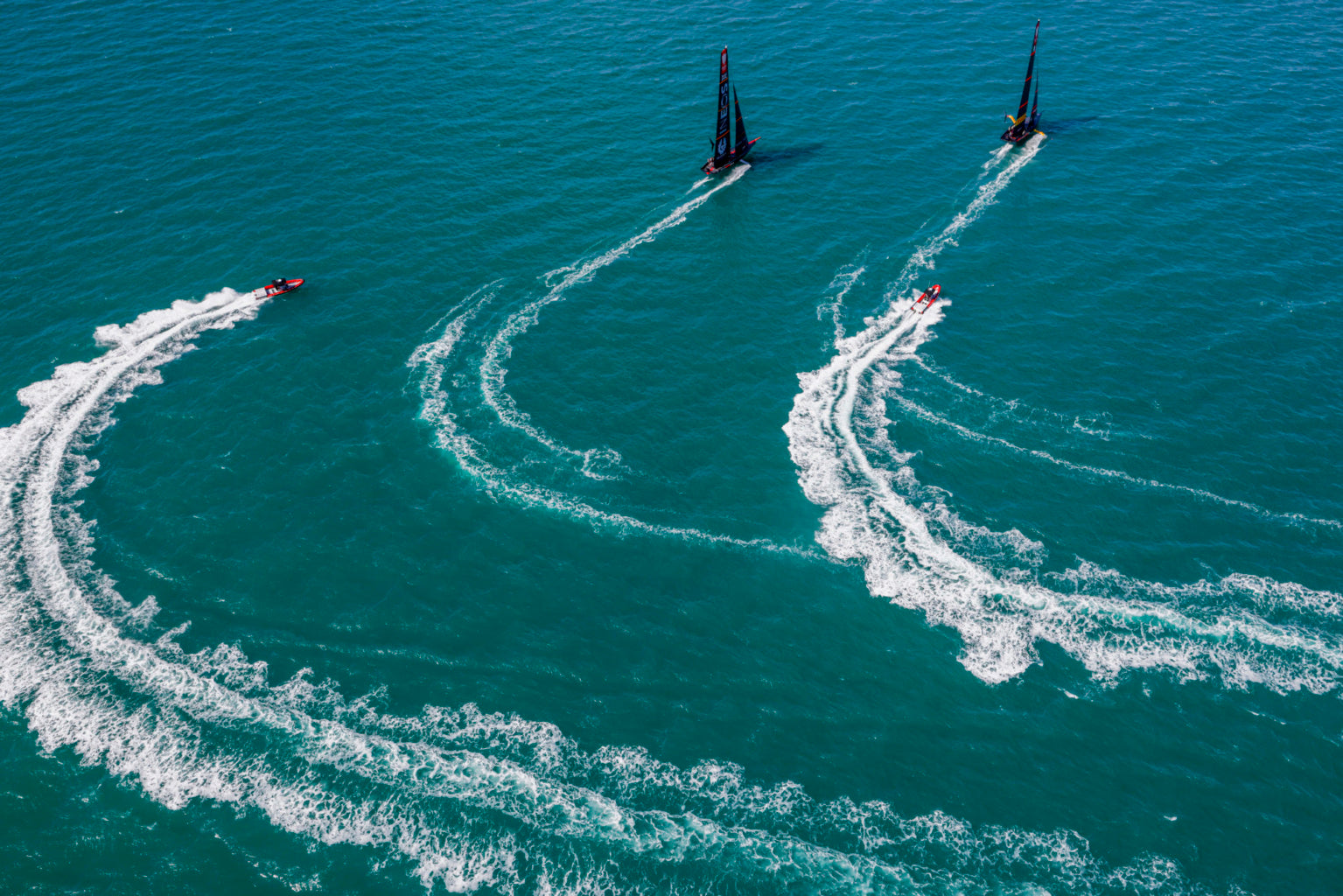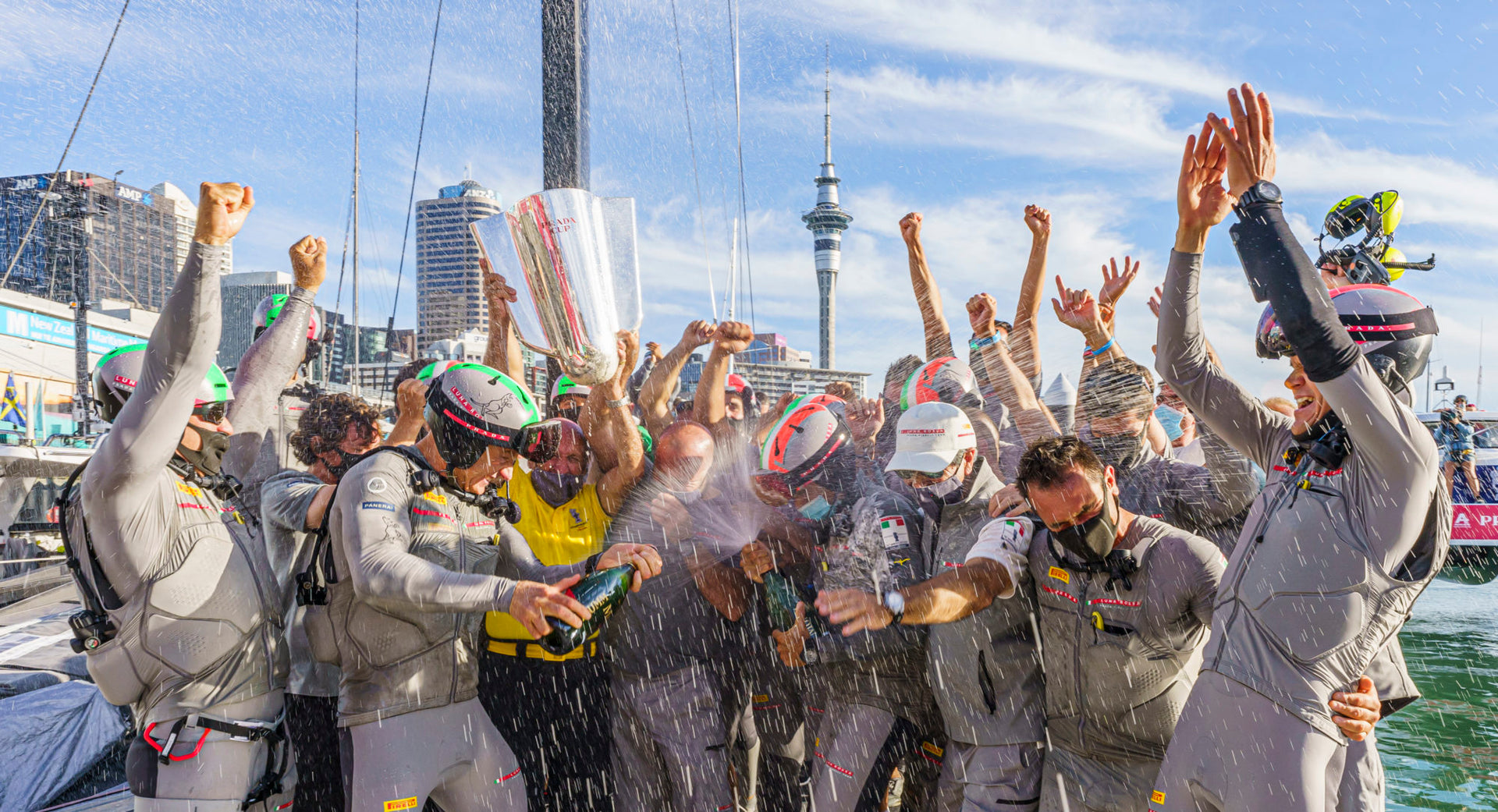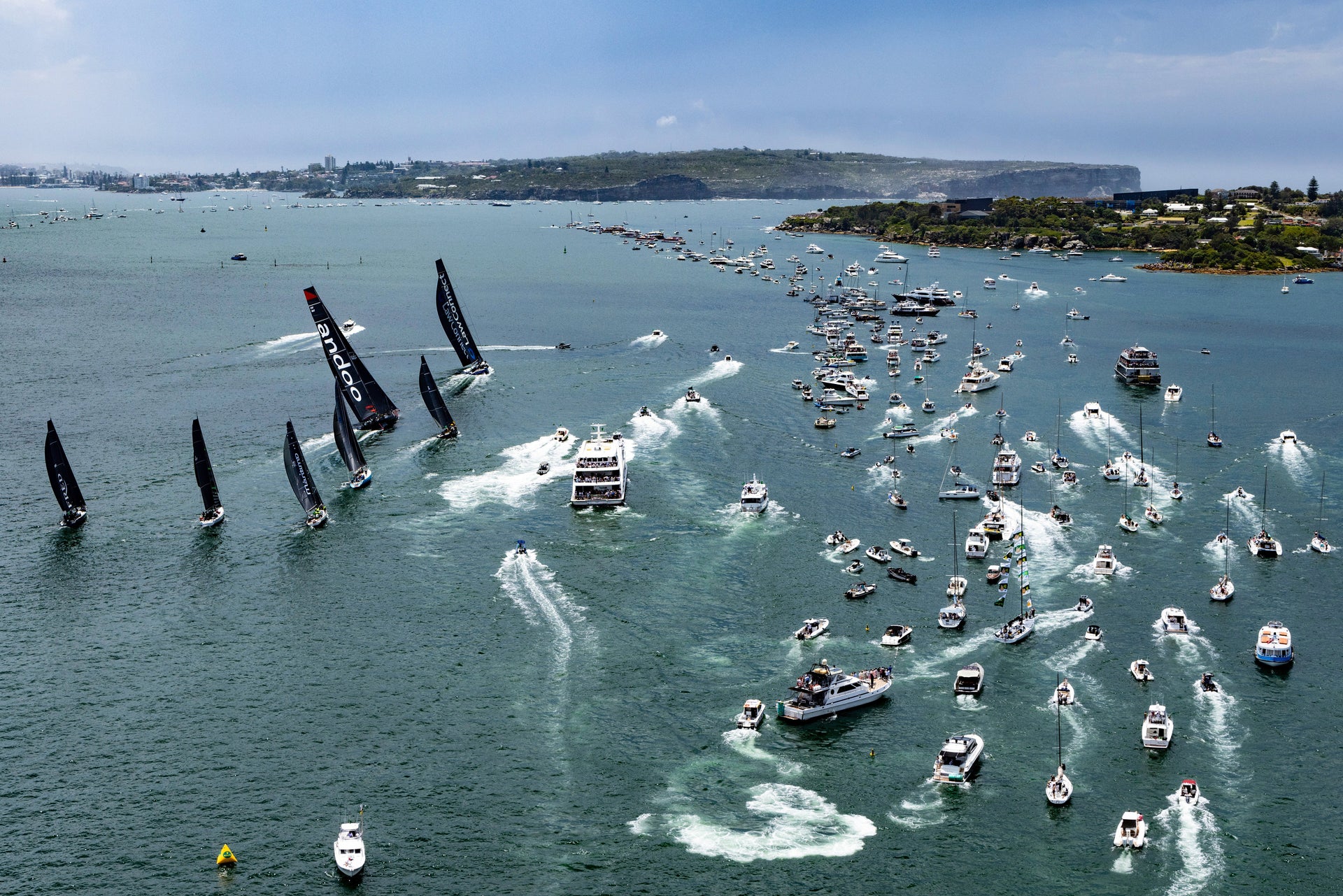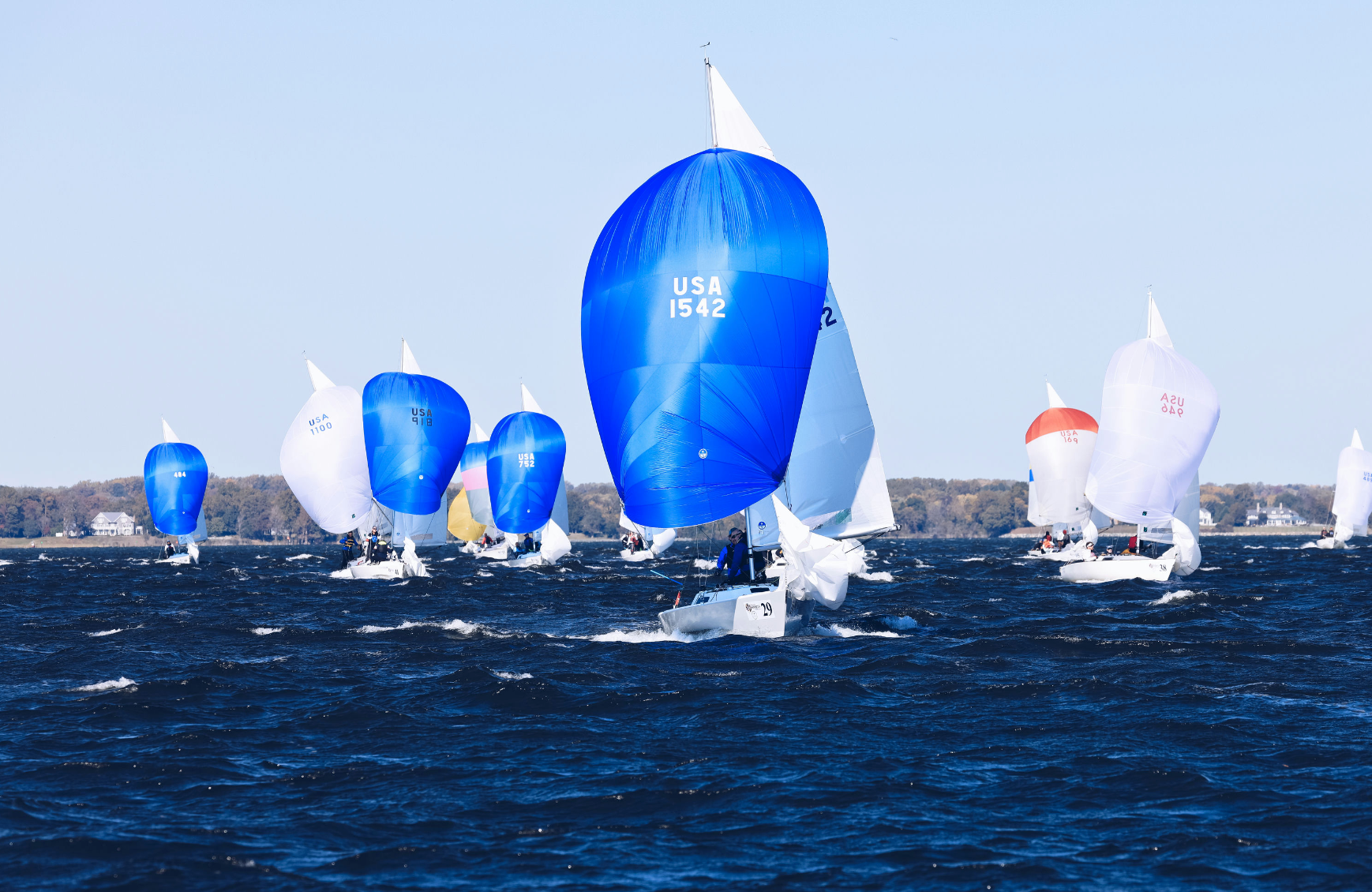OFF TO THE CUP: A CHALLENGER IS CHOSEN
OFF TO THE CUP: A CHALLENGER IS CHOSEN
Luna Rossa Prada Pirelli Claim the PRADA Cup and Their Seat at the Big Show

Sir Ben Ainslie and INEOS TEAM UK arrived in Auckland, New Zealand determined to return the America’s Cup to Britain after 170 years. He leaves as a poster boy of true Brit grit, and the bittersweet knowledge that he has helped to hone the skills of Luna Rossa Prada Pirelli for their next challenge, the America’s Cup Match against Emirates Team New Zealand.
As he put it, it’s been a wild ride.

In December’s America’s Cup World Series, INEOS TEAM UK clocked up defeat after defeat as the other three teams shared the spoils. But the relentless string of losses wrote the INEOS TEAM UK joblist: they picked apart every aspect of their campaign and looked for tenths of knots under every download of data. Five weeks later, INEOS TEAM UK won all their races in the Round Robins and gained a direct line to the PRADA Cup Finals.
That left Luna Rossa Prada Pirelli, led by co-helmsman Jimmy Spithill and Francesco Bruni, to work on their shortcomings in the semi-finals. The Italians were spurred on by their whipping at the hands of INEOS TEAM UK.
“Ben is definitely one of those guys who, funnily enough, has made me better,” said Spithill. “Because anytime you go up against these guys
Luna Rossa Prada Pirelli arrived at the PRADA Cup Finals with a much improved, all-round arsenal of speed. Their most effective weapon was: high mode upwind in light airs. That turned out to be INEOS TEAM UK’s Achilles’ heel, and unfortunately, light conditions dominated the last week of the series.
But there was a flurry of hope for the Brits and their fans when INEOS TEAM UK won race 6. It seemed like the British would go into Sunday with a new gear, but for races 7 and 8, the 9-12 knot breeze was dealing the cards.
In race 7, INEOS got a clean, impressive start but any advantage soon disappeared under Luna Rossa Prada Pirelli’s upwind edge. And, for Race 8 it was much of the same, although it was clear that INEOS TEAM UK would not go home without a fight. Ben Ainslie pulled a fast tack to port on the startline, burned the remaining three seconds, and watched Luna Rossa nudge out over the line before the buzzer. The Italians were rewarded with a 50-meter penalty. But that 50-meter distance did extend into the hoped 500 distance, and by the top of gate one, Luna Rossa was eking ahead.
And so, after 21 years, the Challenger Luna Rossa Prada Pirelli won the Challenger series and will head to face Peter Burling and the Kiwis. If this all feels a little too familiar, it is; the Kiwis faced off the Italians in 2000.

Here are some of the reasons why Luna Rossa Prada Pirelli was able to make this dream a reality:
Prior to the Finals, Luna Rossa said they had new foils and sails, a modified mast, and improved in-house software which sailors use to judge the exact time on distance, boundaries, and manoeuvers against the other boat.
Another reason is the Challengers’ Series did its job. The AC75 arrived without an operator’s manual and represents an extremely steep learning curve. The first two America’s Cup World Series would have been the baby steps for learning to race but were canceled by CoVid-19. Linking it to the real world, the Round Robins were high school, while the PRADA Cup Finals have been College.
Some of Luna Rossa Prada Pirelli’s success reflects its role as Challenger of Record. As CoR, they co-wrote the America’s Cup Protocol with Emirates Team New Zealand. This provided them a valuable edge in understanding the AC75 design and was reflected in the similarities between the two syndicates’ first-generation boats.
The big shock was Prada’s second-generation boat. Unlike every other syndicate, it is incredibly similar to their first. Of course, Max Sirena said, we got it right the first time. The skiff-like hull foils easily and recovers from splashdown quickly, even in the light airs that dominated the PRADA Cup Finals.
And there’s another reason. In the round robins, Luna Rossa Prada Pirelli may have been battling a weakness that has since become its major strength: co-helmsmen who are also co-flight controllers. Sirena said he has the world’s best Italian America’s Cup skipper on port and the world’s best Australian America’s Cup skipper on starboard, but, he chuckled, “It has been a difficult process. They are both super-talented. They are pretty different. They respect each other and they push one against the other to get better and better.”
How different? Quotes from Spithill and Bruni on how they felt immediately after winning the Prada Cup appear below:
“Yeah, not too bad, mate.”
“Fantastico!”
And the final word from Sir Ben Ainslie: “In these difficult times that we are seeing around the world, we’ve been incredibly fortunate to race these AC75s as we have been doing. We wish both teams in the America’s Cup all the very best.”



























